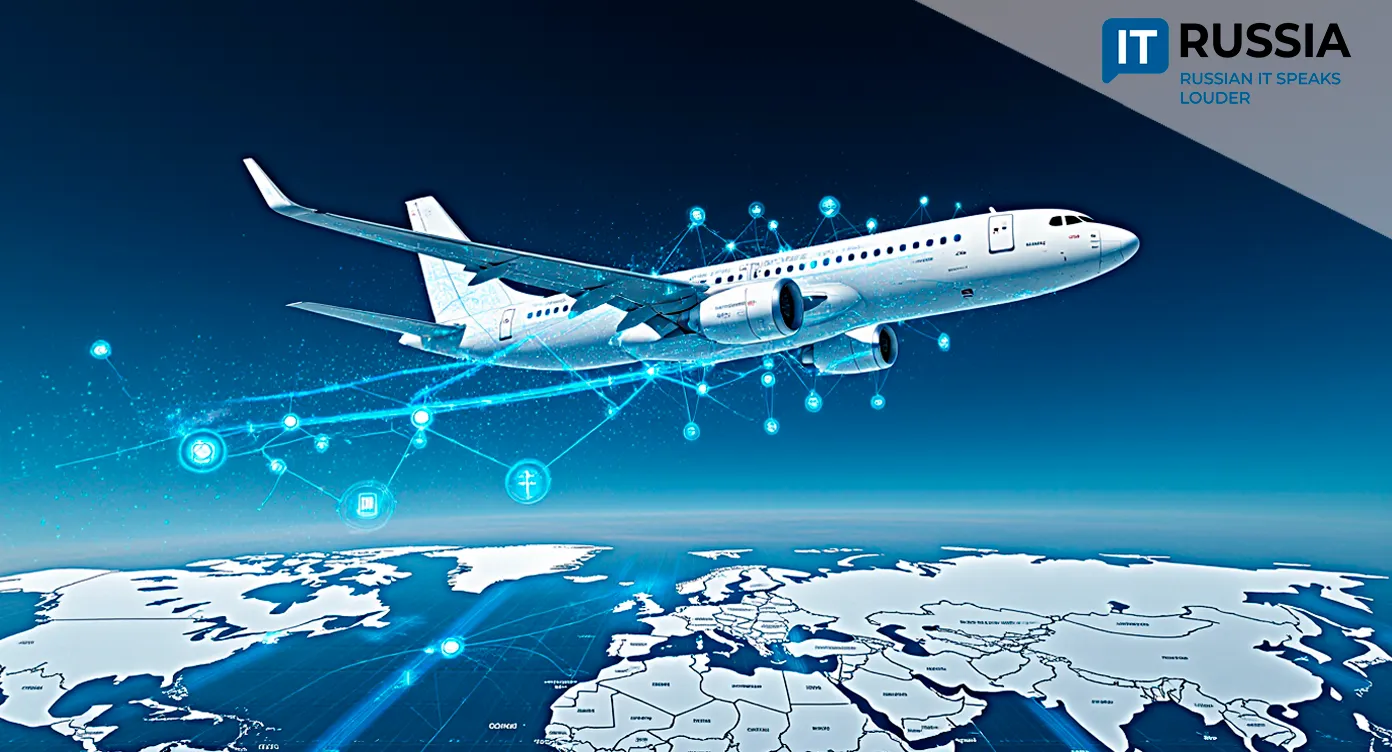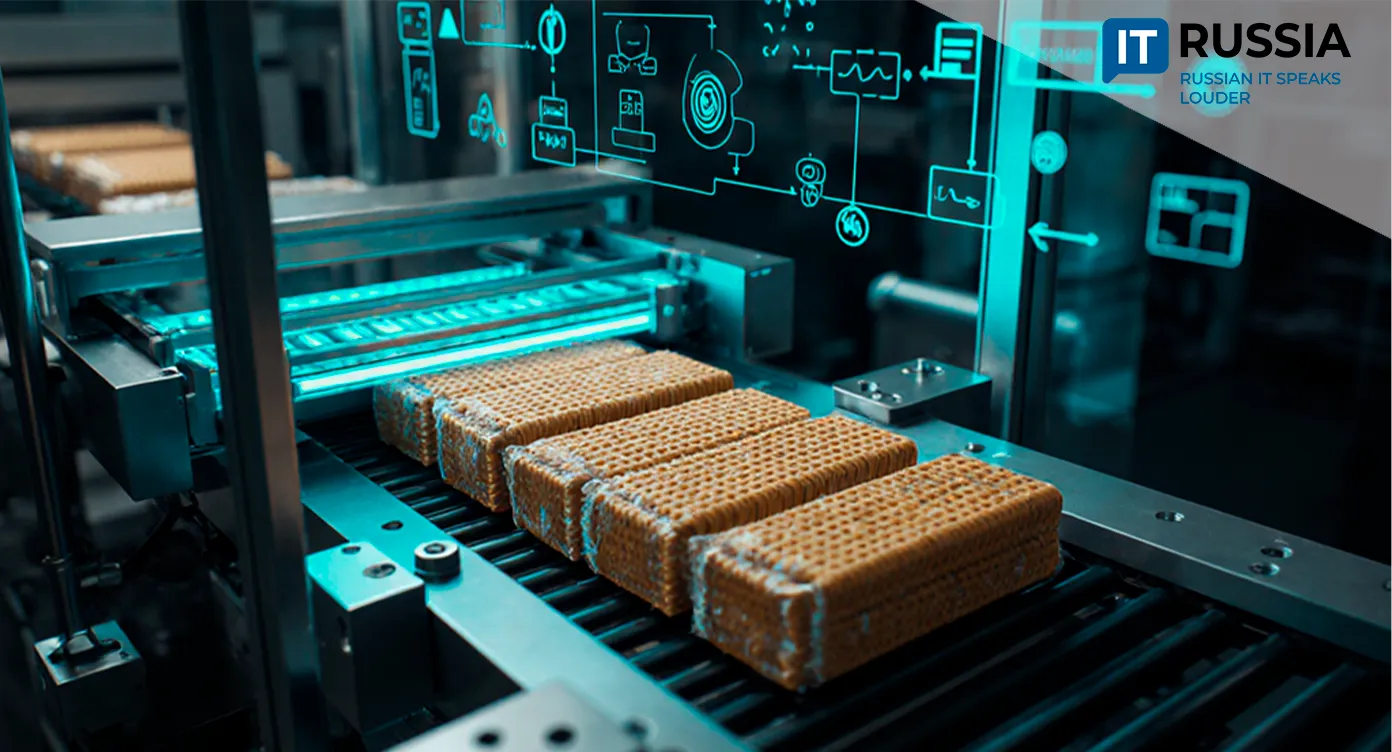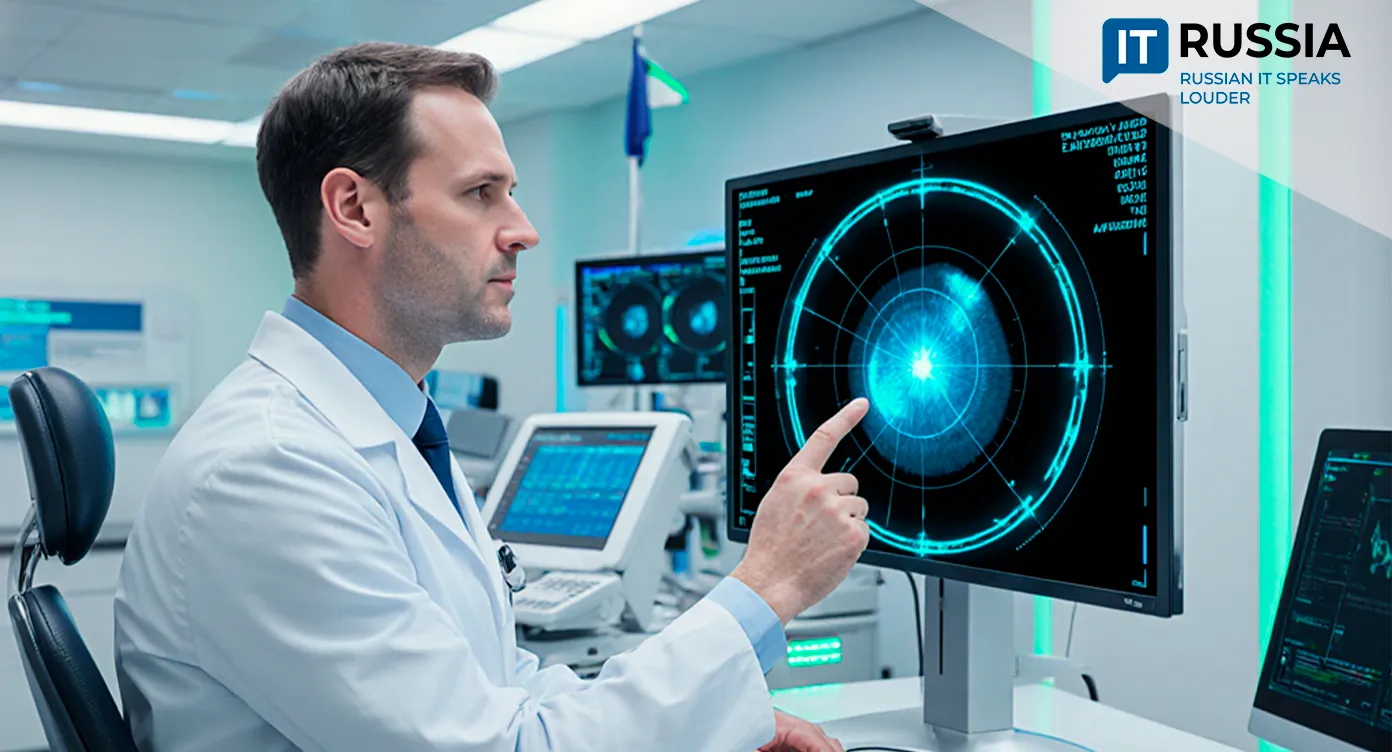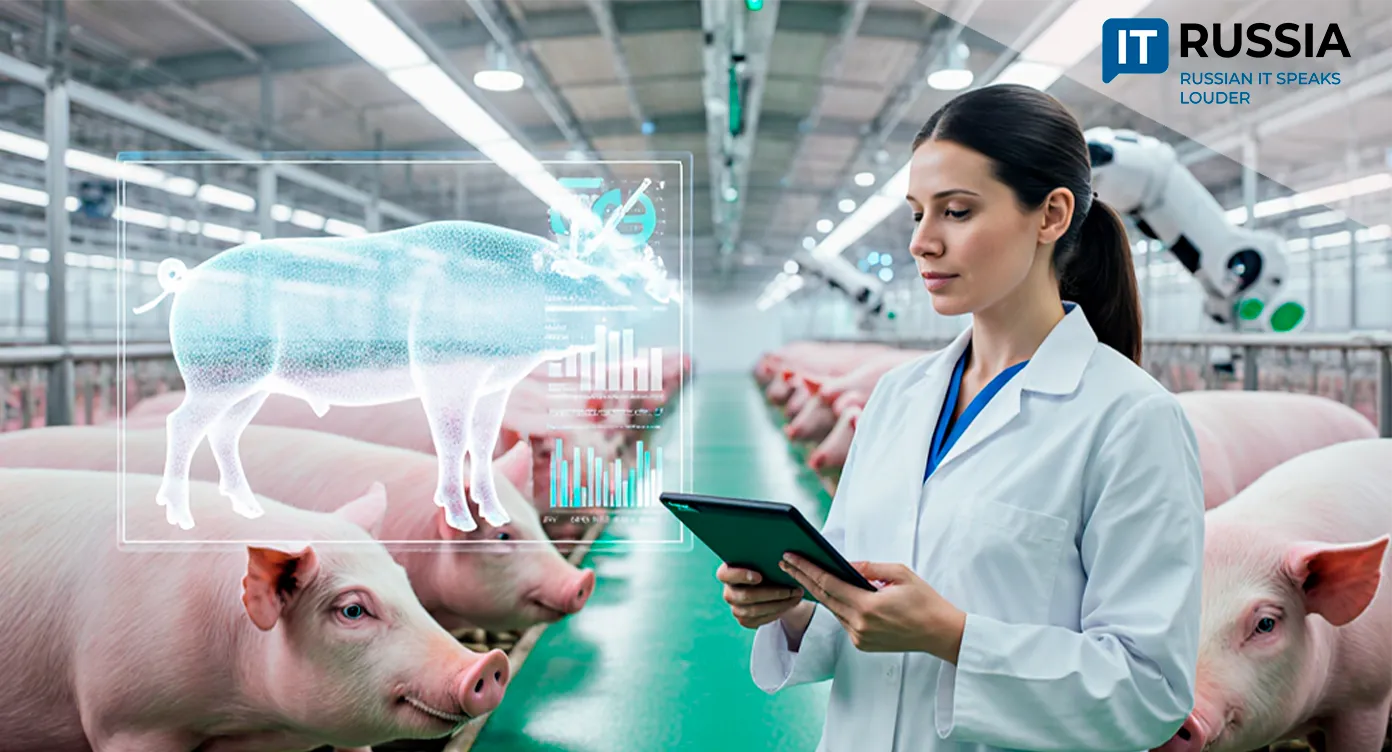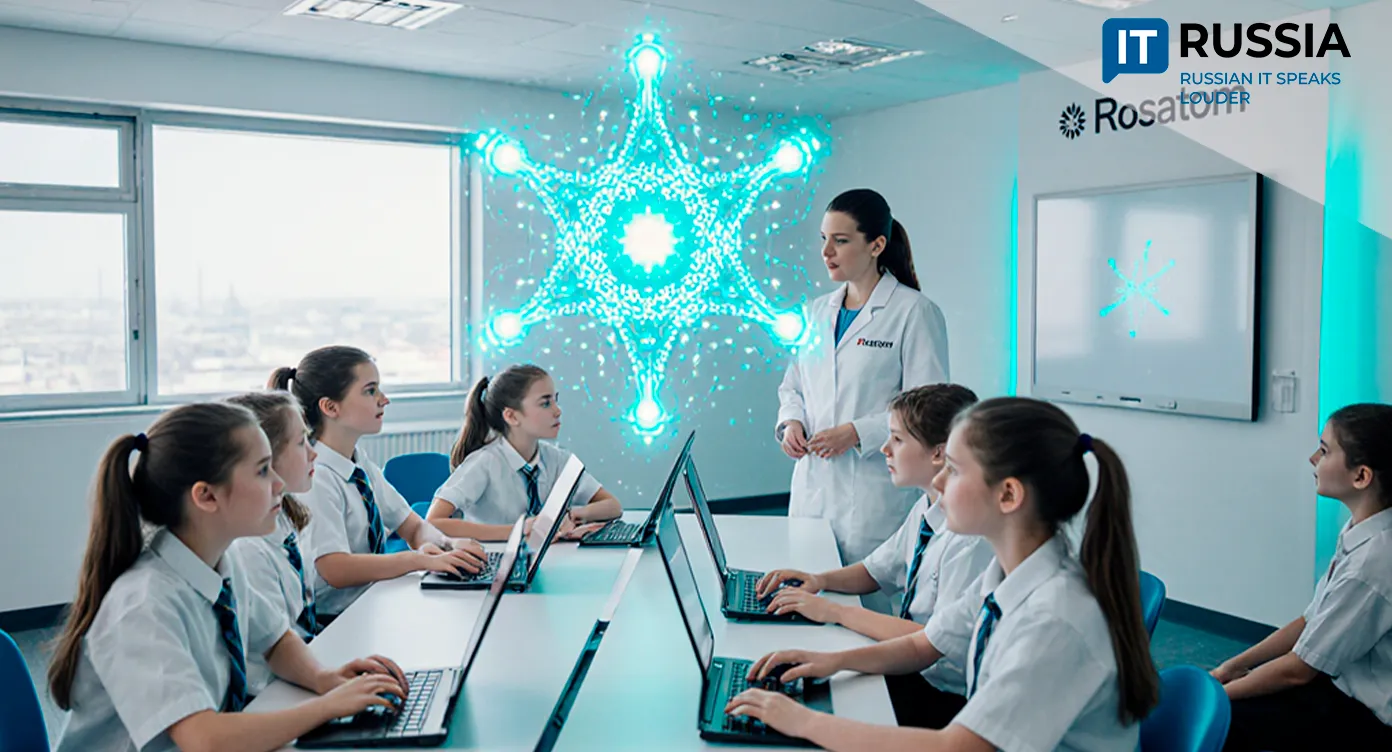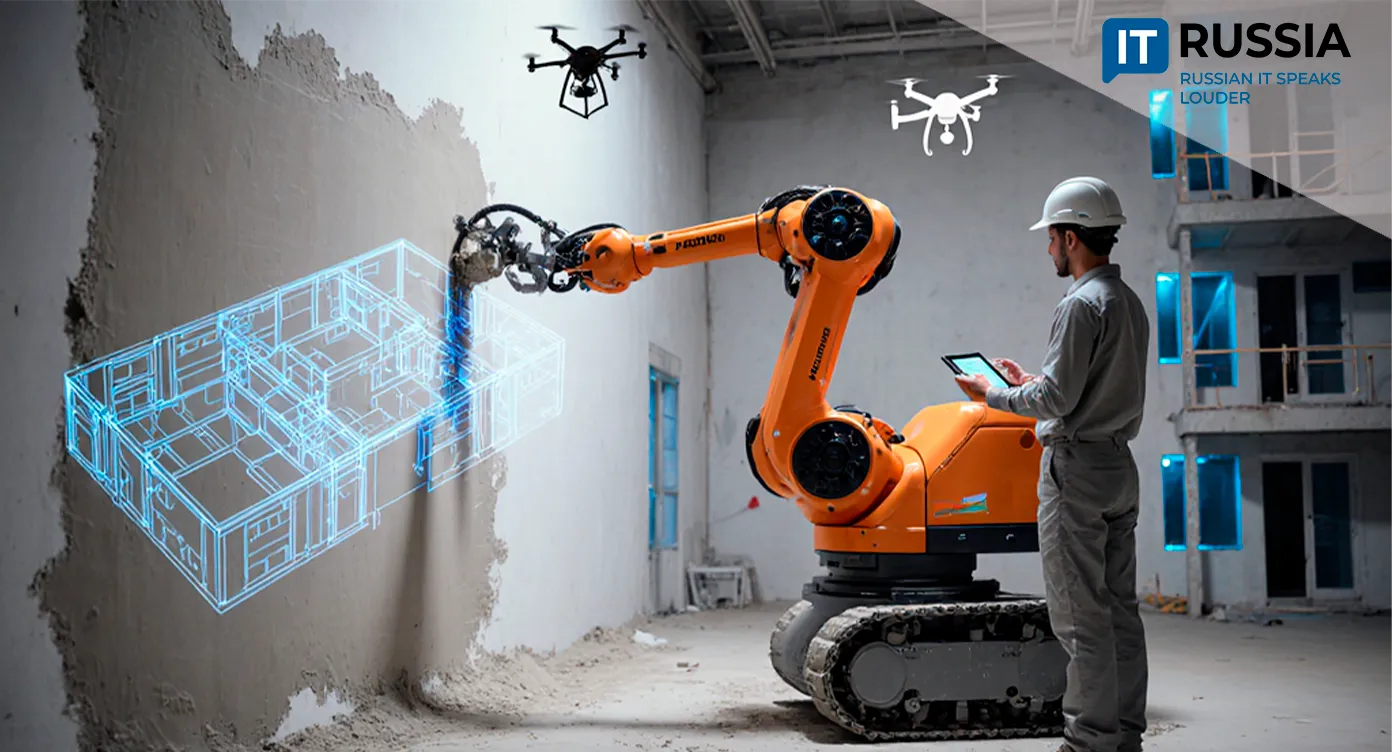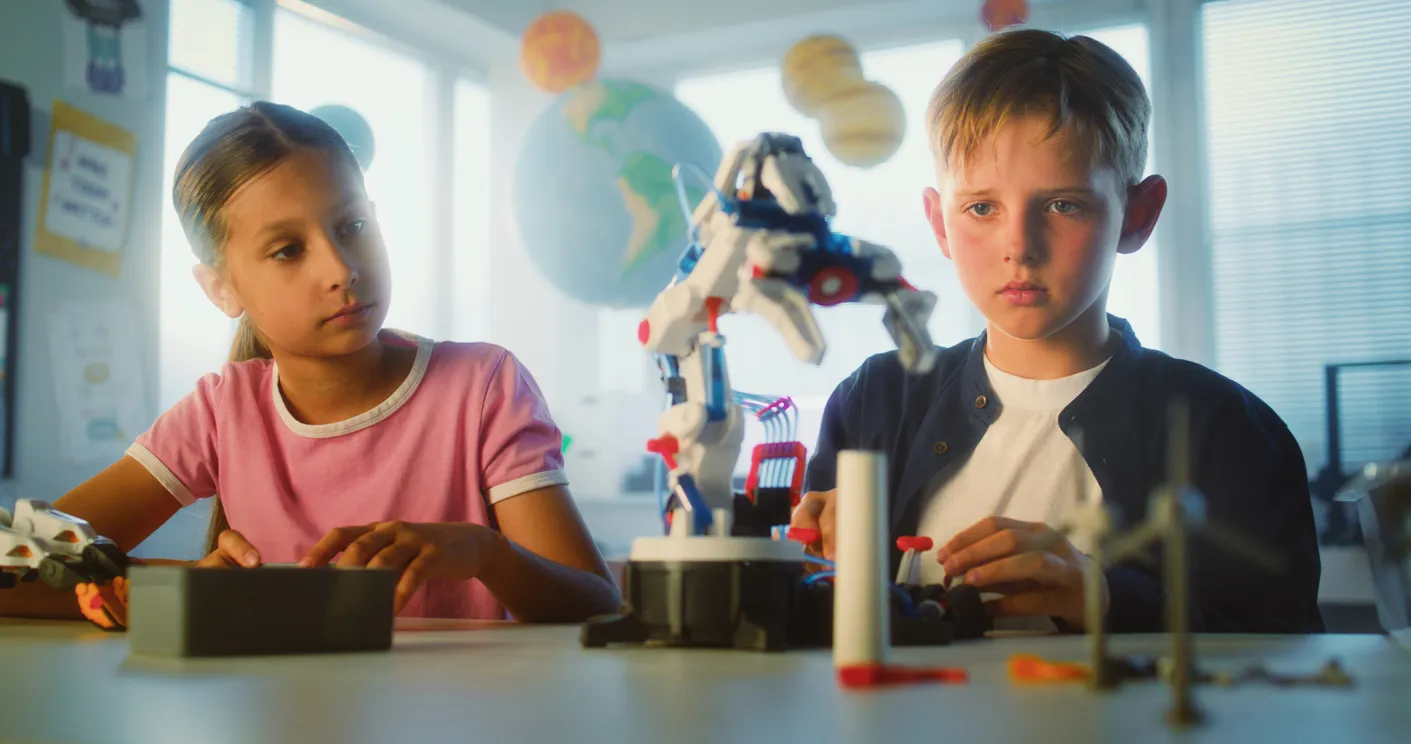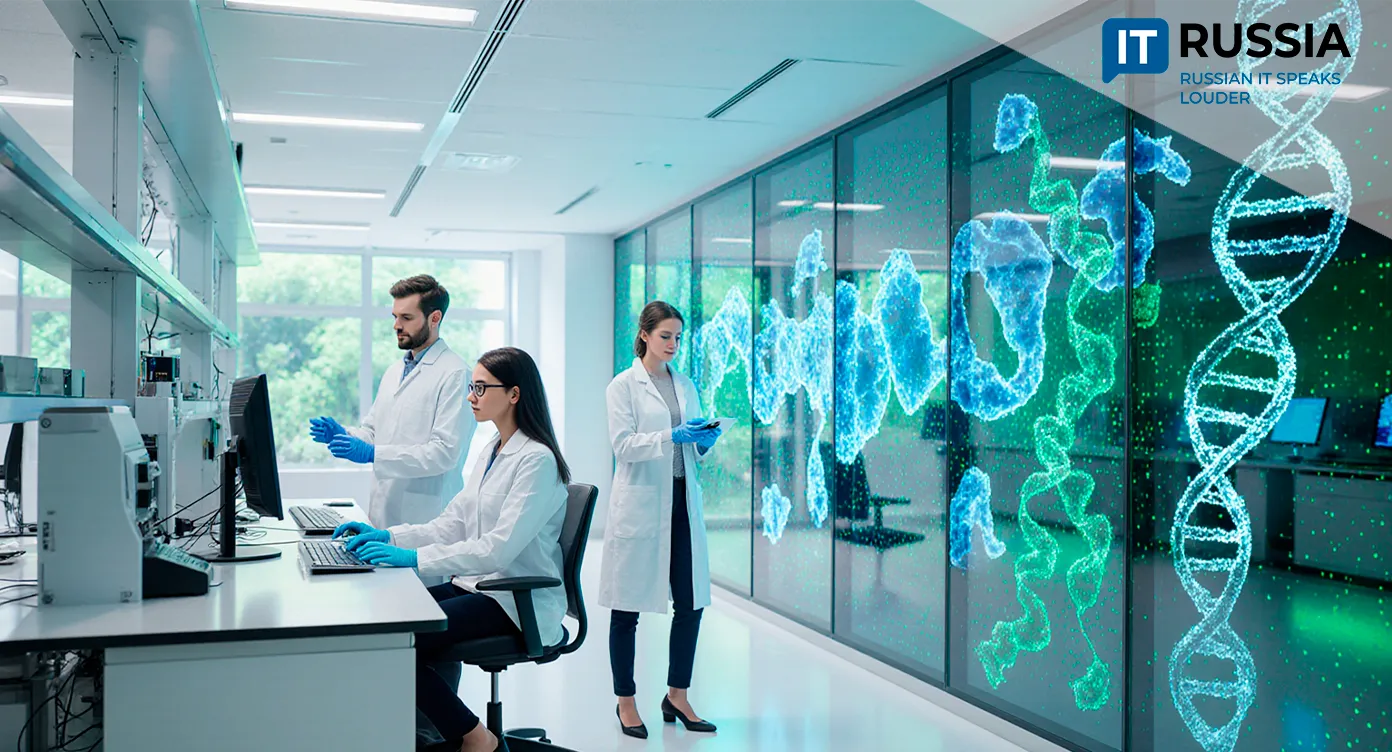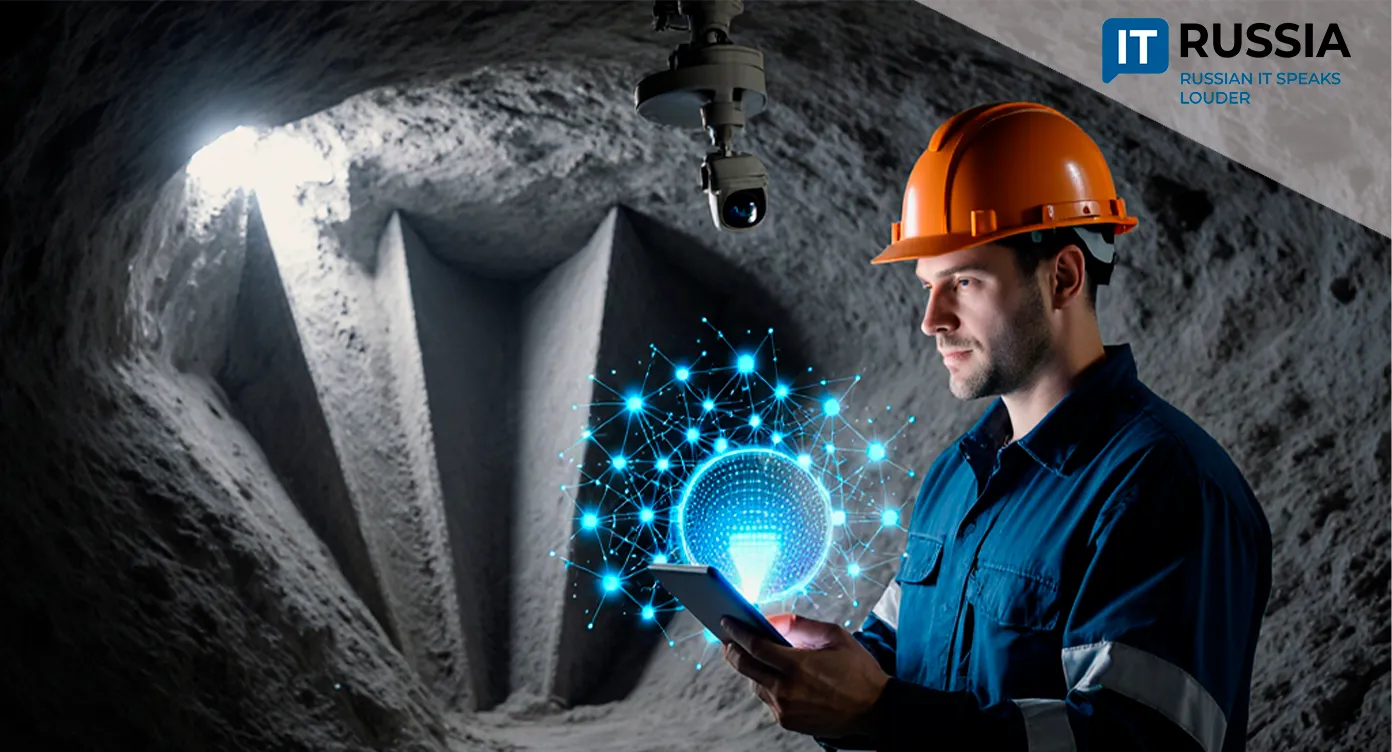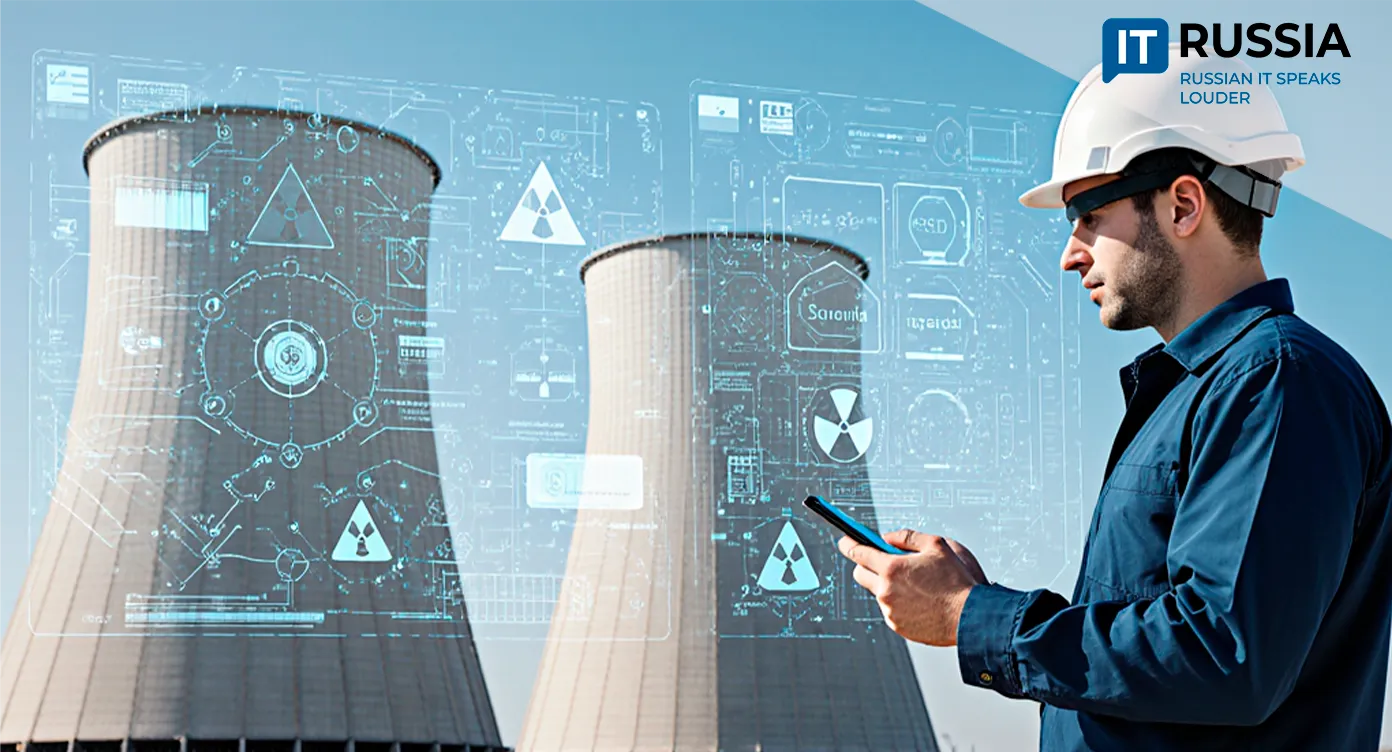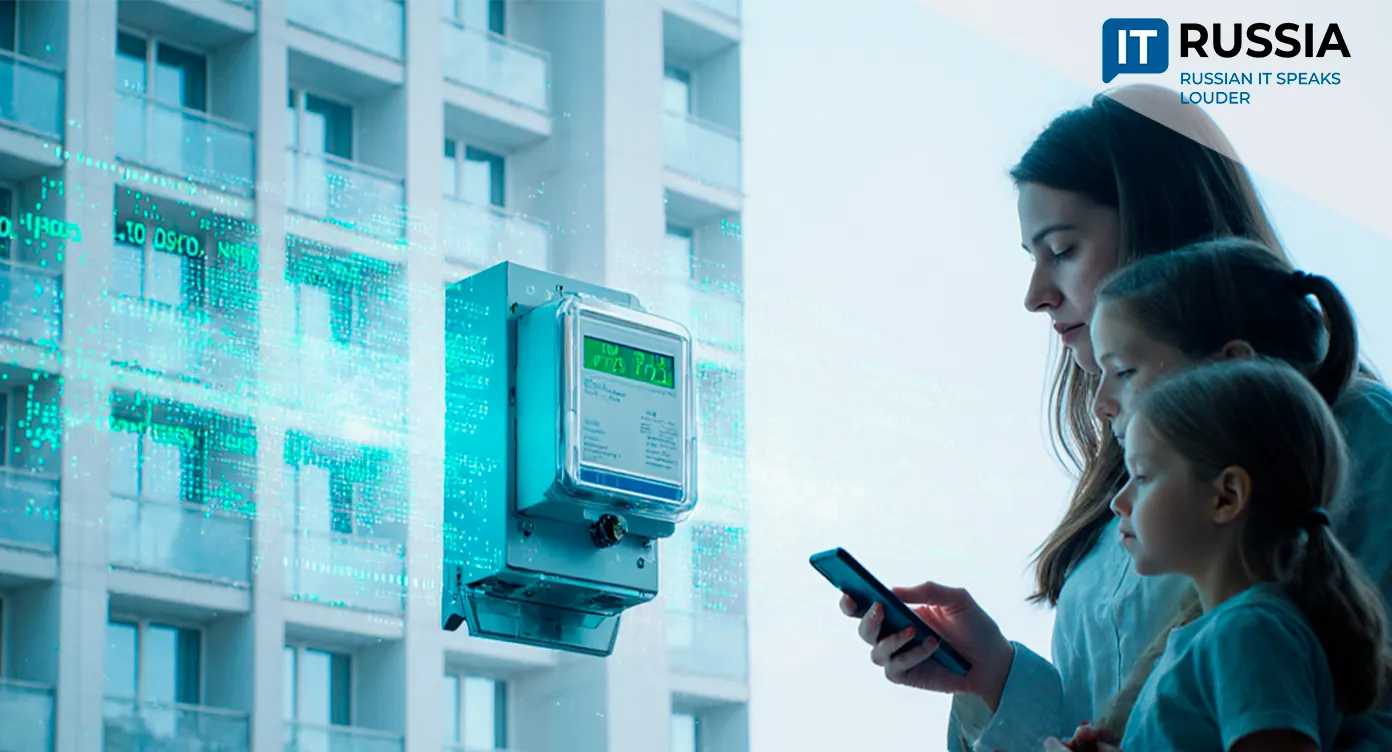Russian Company Sets a New Standard for the Glass Industry
“Digital Assistant” helps Russian glassmakers boost environmental responsibility, achieve technological superiority, and improve economic efficiency.
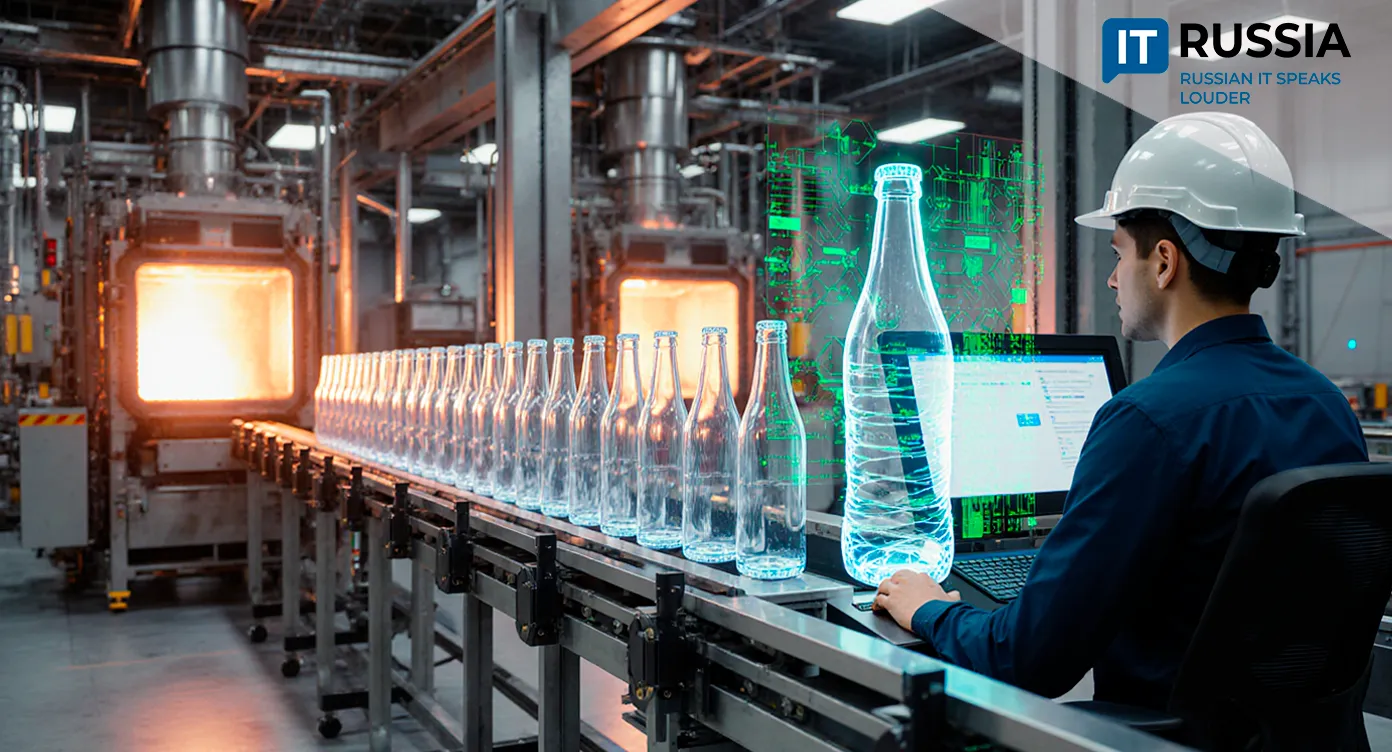
Transition to Innovative Technologies
The Novosibirsk-based company “Siberian Glass” has become one of the pioneers of Russia’s glass industry transformation by launching a large-scale project to optimize beer bottle production—a comprehensive modernization that combines ecological responsibility, technological advancement, and cost efficiency.
In recent years, the company has invested more than 3 billion rubles ($35 million) in upgrading production facilities, introducing digital systems, and switching to innovative forming technologies. The goal is to create a bottle that is lighter, stronger, more environmentally friendly, and cheaper to produce, while retaining all its functional characteristics.
The Glassblower’s Digital Assistant
A key milestone was the transition from the classic 360-gram bottle of 2014 to a modern 220-gram model—a 39% weight reduction over a decade. This became possible thanks to the NNPB (Narrow Neck Press & Blow) technology, which ensures even distribution of glass thickness.

Only in China are lighter bottles being produced—210 g and 200 g—but they do not yet involve recycled material, which requires additional technological conditions.
One of those conditions is the “digital assistant,” developed with an investment of 30 million rubles ($355,000) at Novosibirsk State University. A prototype of this unique AI system was presented at Russia’s “TechnoForum 2025” in late August. By analyzing photos, video, and thermographic images of molten glass droplets, the neural network can detect defects at the earliest stage of droplet formation and adjust production parameters, eliminating the root causes of defects before they develop.
At the company’s facilities, machine vision systems and AI algorithms are already in place for automatic quality control: cameras check every bottle for cracks, deformations, uneven walls, and impurities with more than 99.5% accuracy. This allows defects to be reduced by 30–40%, an improvement unattainable with manual inspection. Such solutions may soon become an industry standard—“Siberian Glass” is already considering licensing its AI systems to other packaging producers.
Aligning with Global Sustainability Trends
At the same time, “Siberian Glass” is steadily increasing its share of recycled glass: today it is 55–60%, with a goal of reaching 80% by 2027. Using cullet not only reduces consumption of virgin raw materials (sand, soda, limestone) but also cuts energy demand for melting by 20–25%, since recycled glass melts at lower temperatures.
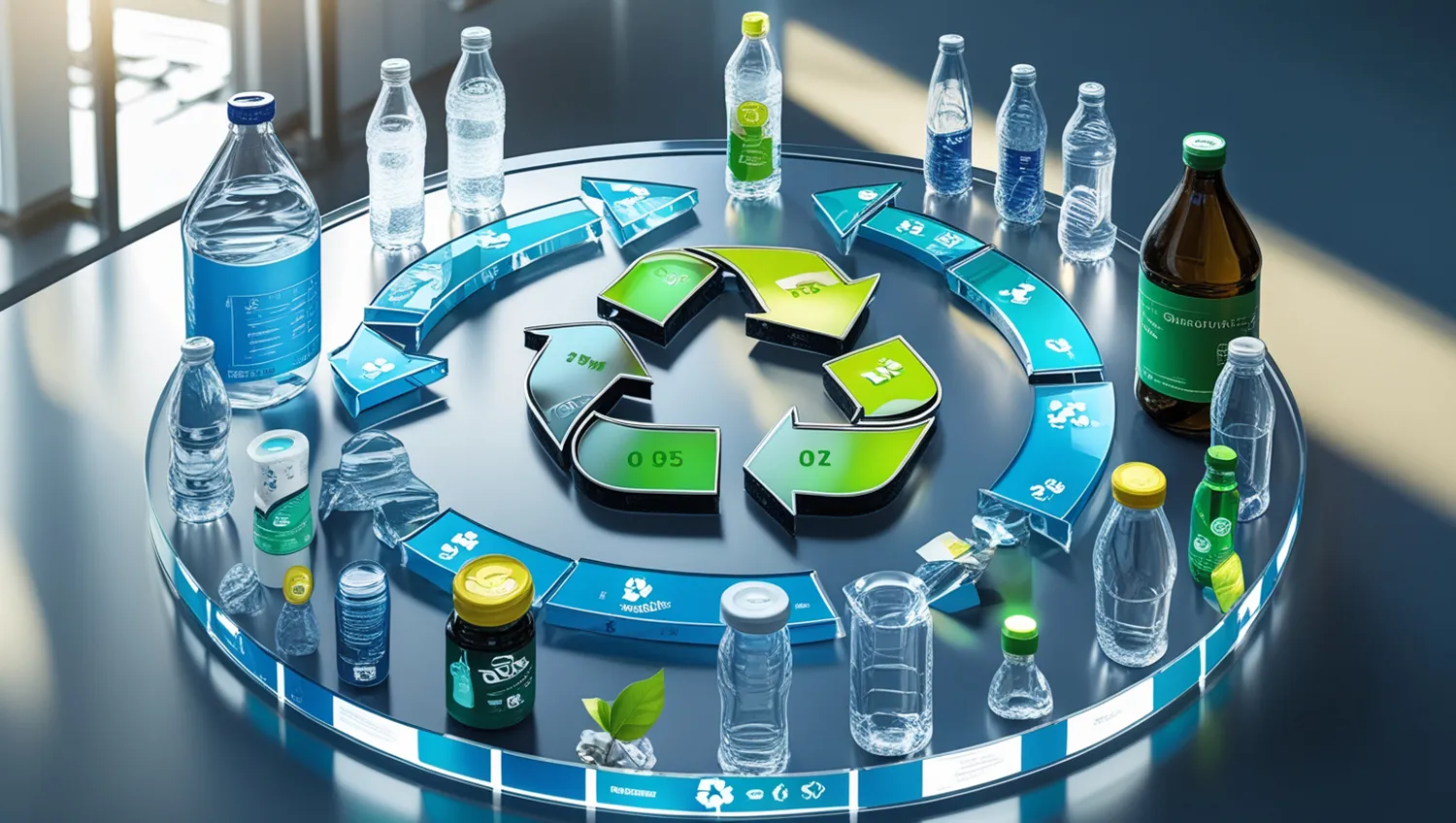
This has a direct impact on production costs: lower energy use, reduced logistics expenses thanks to local cullet sources (including the acquisition of “Siberian Soda Company”), and higher productivity of new furnaces have boosted overall efficiency. Localizing collection and processing chains reduces dependence on imports, creates jobs, and strengthens the regional circular economy.
The ecological aspect of the project meets global trends: the EU requires at least 70% glass recycling by 2030. The lightweight, highly recyclable bottles developed by “Siberian Glass” can enter European and Eurasian markets, where environmental regulations increasingly serve as entry barriers. Moreover, lighter bottles cut the carbon footprint of logistics by 15–20%, making the product attractive to international brands committed to carbon neutrality.
Sustainability and Profitability
Similar initiatives are underway in Europe (for example, in Germany and the Czech Republic), but the “Siberian Glass” project is unique in its scale of localization and ambition. It demonstrates that sustainability and profitability are not contradictions, but mutually reinforcing goals.
According to forecasts, by 2027 the 80% recycling target will be achieved, and bottle weight may fall by another 10–15 grams.
The company is organizing cullet collection across Siberia and the Russian Far East, including Sakhalin. A potential next step is extracting cullet from composted waste intended for landfills.
Investments, including those in a technological complex for preparing raw materials for recycling, are estimated at 200 million rubles ($2.36 million). Further state support is expected under Russia’s green economy development program.
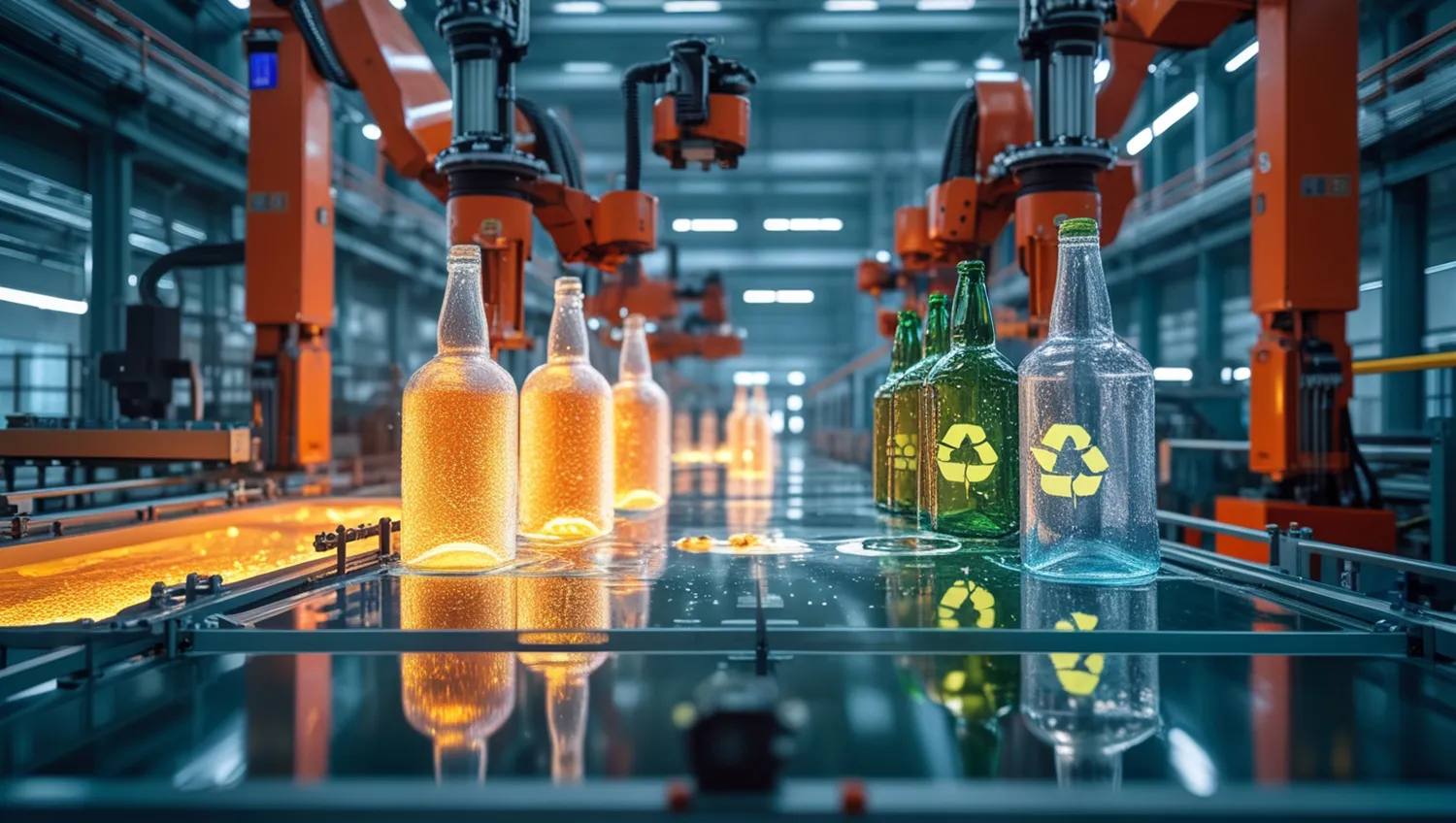
“Siberian Glass” is setting a new benchmark for the entire Russian glass industry: its experience will catalyze similar projects in other regions. In the future, Russia may become not just a consumer but an exporter of advanced sustainable packaging technologies—and “Siberian Glass” is already at the forefront.
Circular Economy
The project fits well into Russia’s and the Far East’s broader policy of building a circular economy, while also advancing the company’s own goal of reshaping its production model. By 2032, the company plans to evolve from a traditional plant into an efficient, digital, eco-friendly, and diversified enterprise.
The initiative is a vivid example of synergy between sustainability, technology, and efficiency. AI quality control increases precision and reduces defects. Within 2–4 years, the recycling target will be met, and similar initiatives are expected to spread across Russia.
Growing regulatory pressure and demand for eco-friendly products are opening export opportunities in Europe and the Eurasian Economic Union. “Siberian Glass” is setting a new industry standard—digitalization of production is no longer a trend but a necessity.







